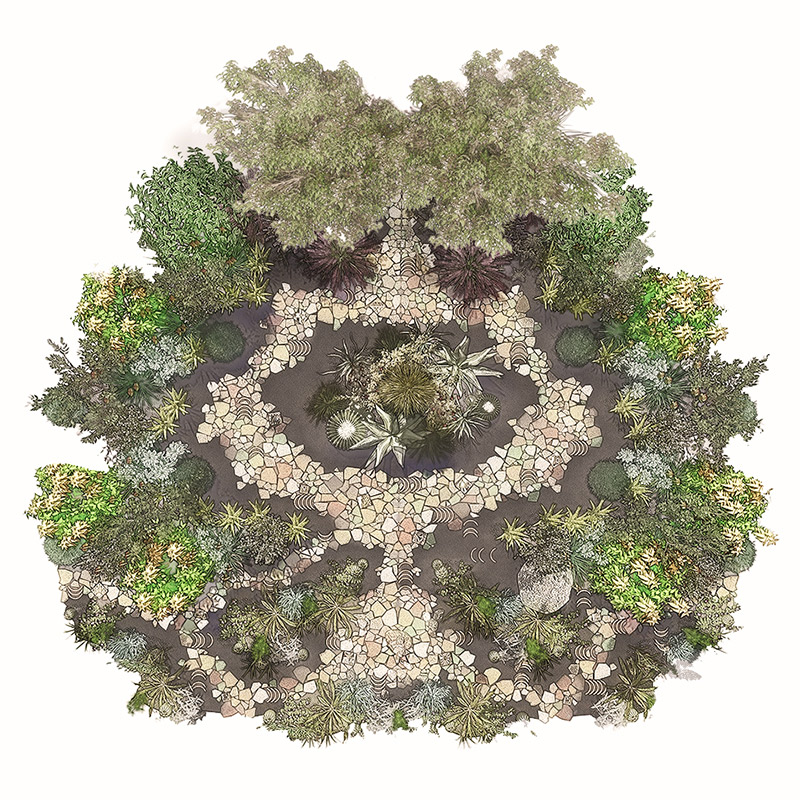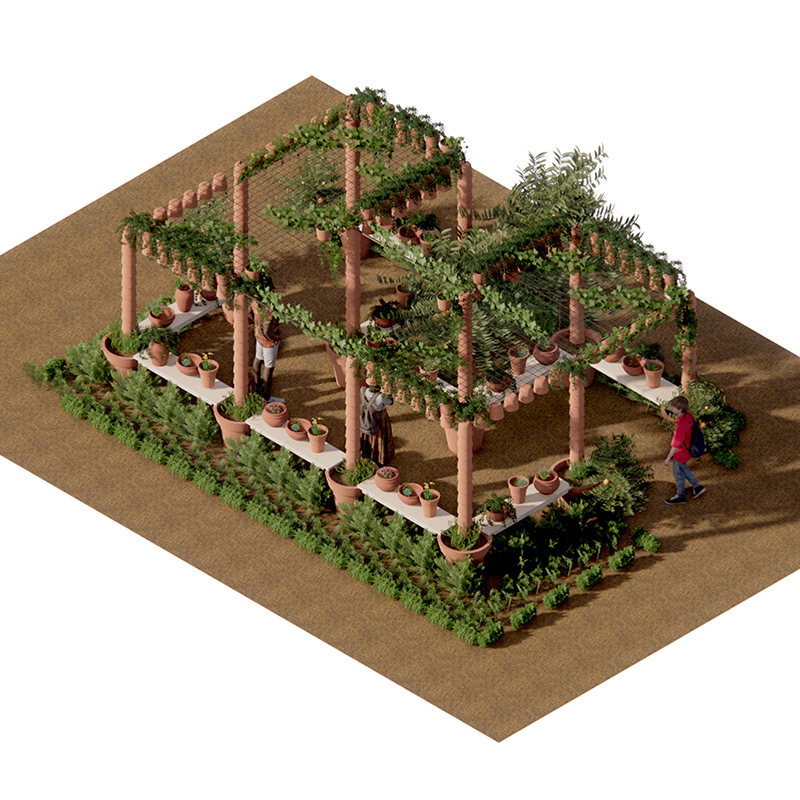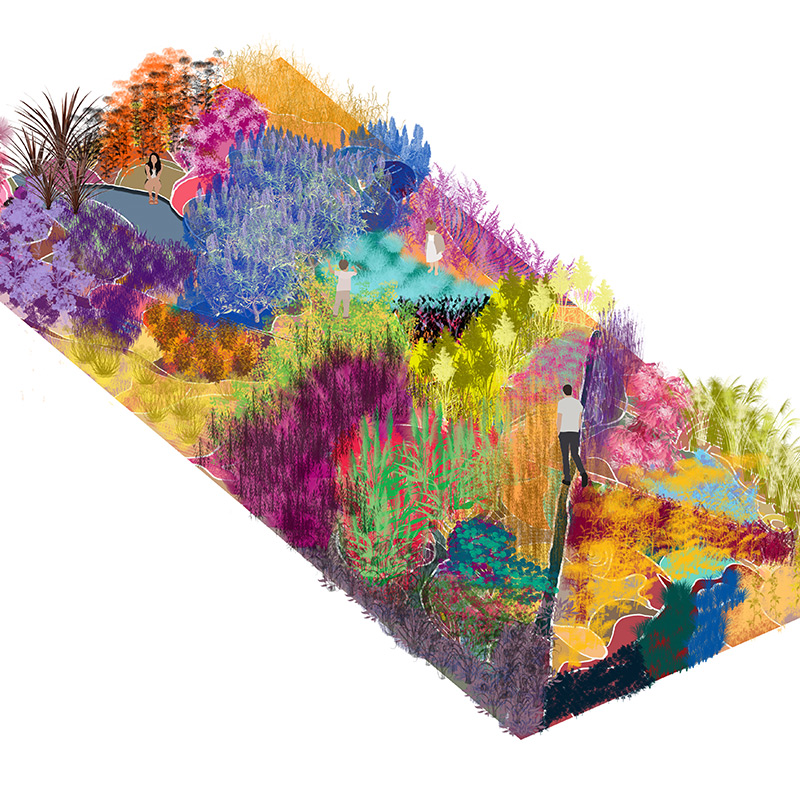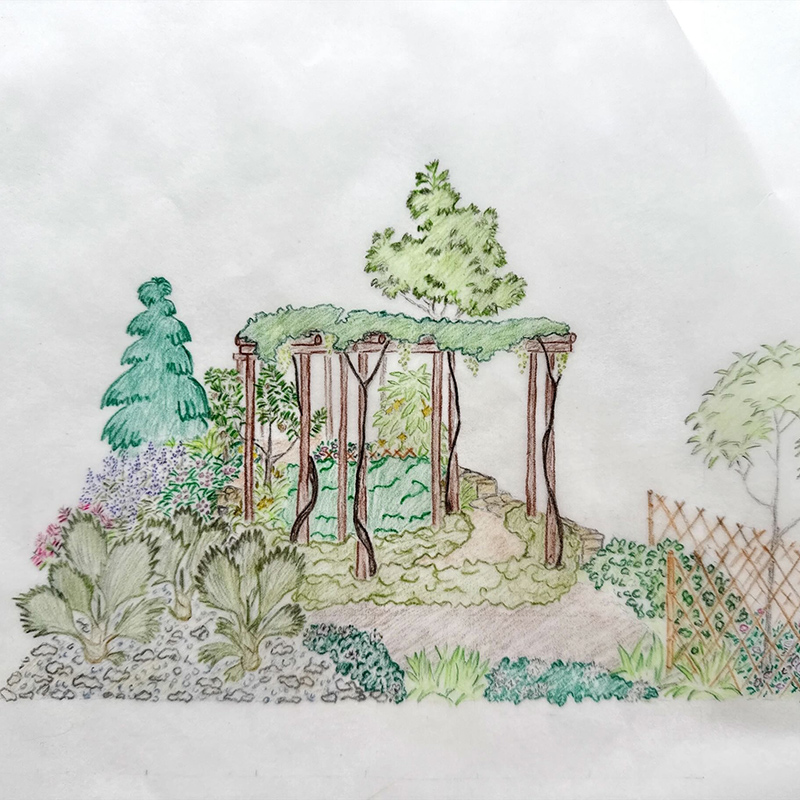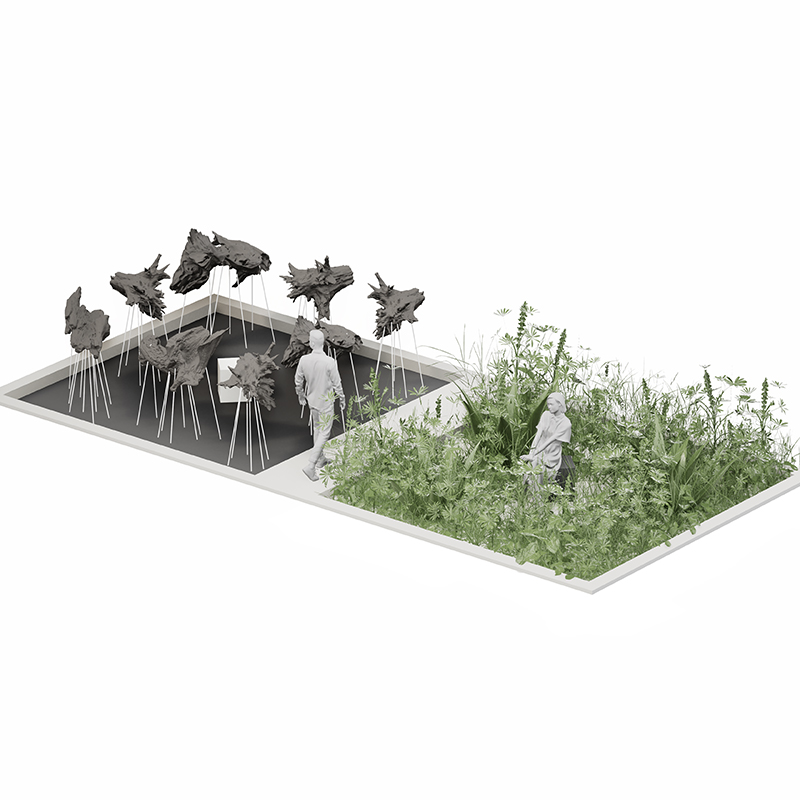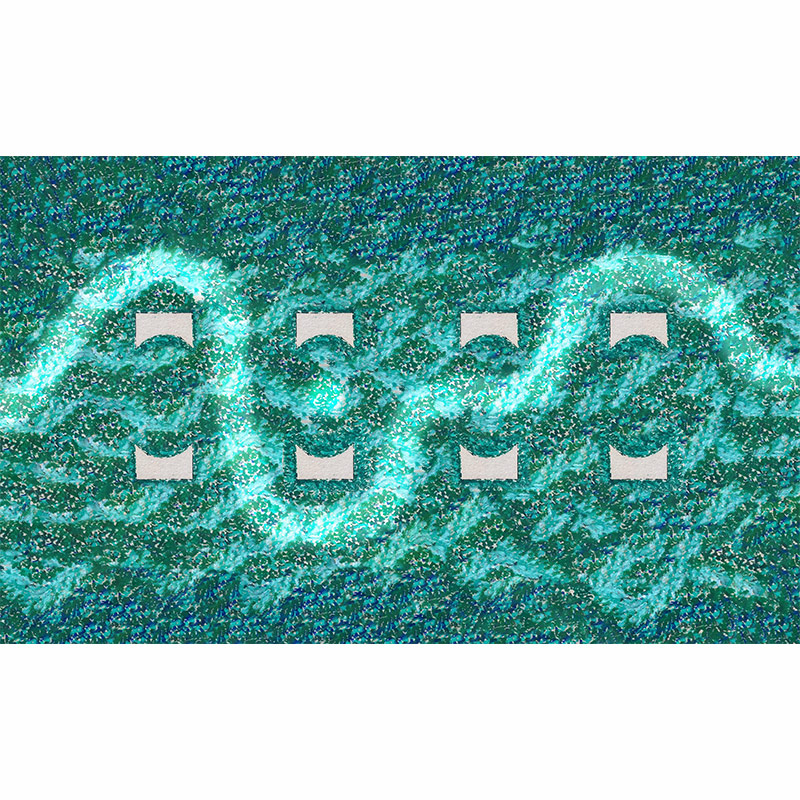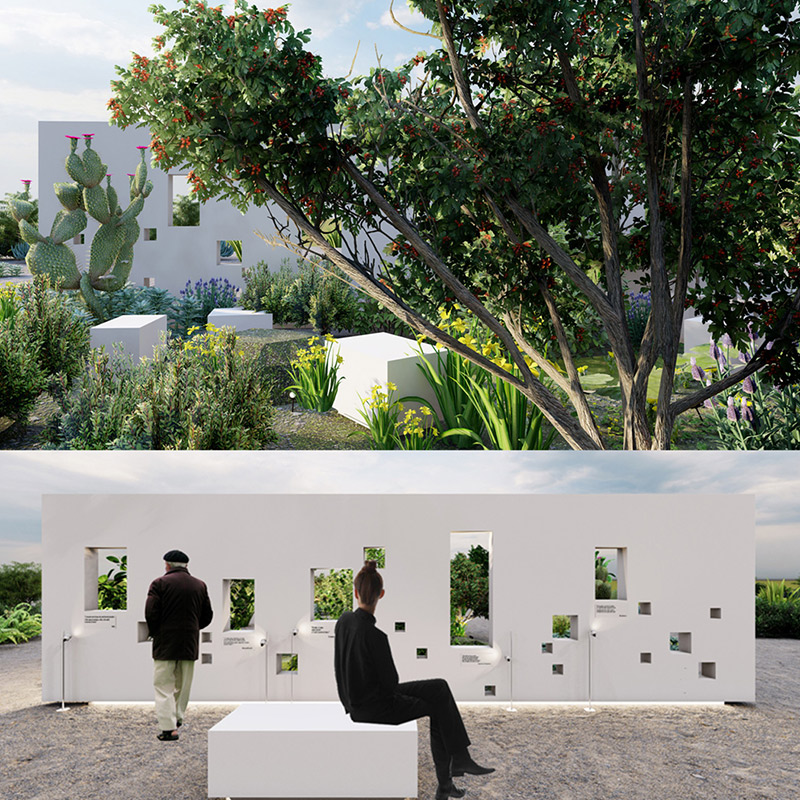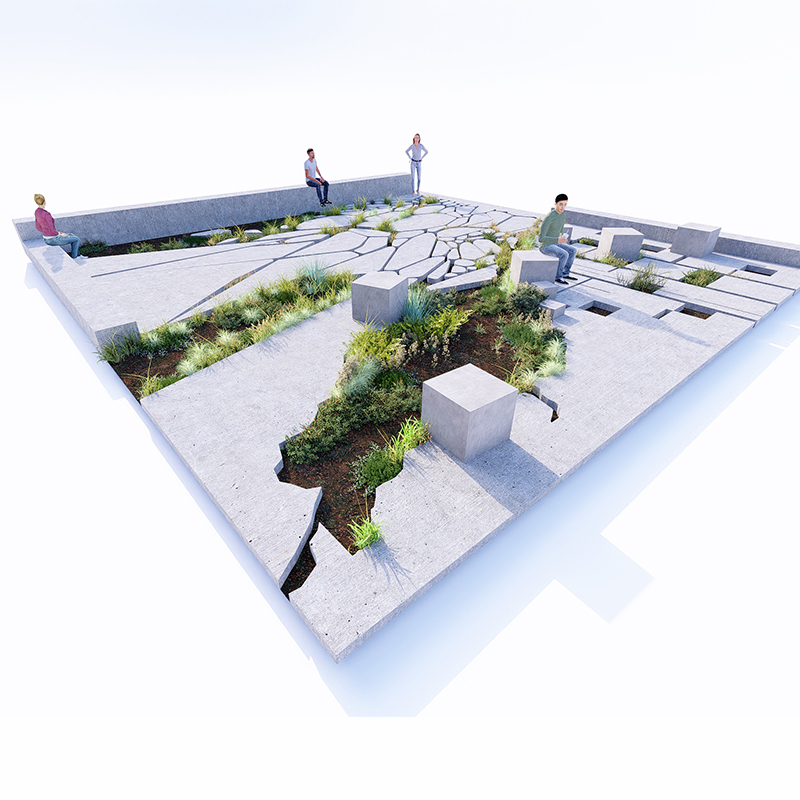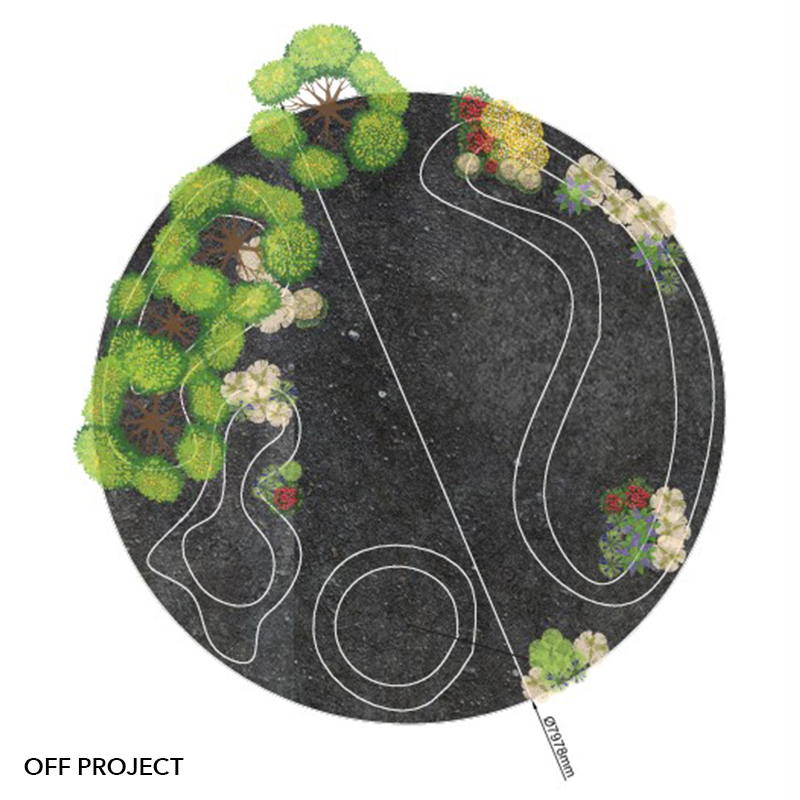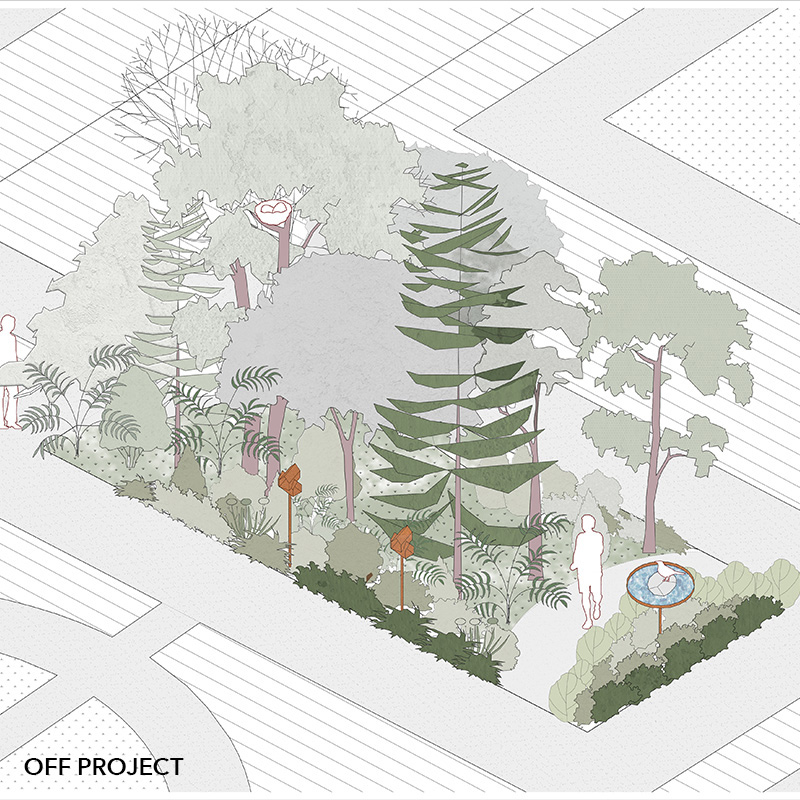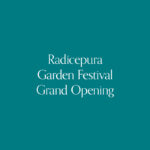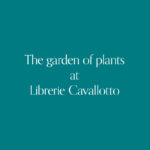
A new approach to the environment, shaped by climate change and wars, demands that landscape design adapt with a style that respects modern times: lines, pathways, volumes, functions, and gardeners alone are no longer enough to make a place a garden.
A garden has always required a design, yet it does not necessarily need to be interpreted—it can leave room for imagination. However, today, the certainties of formal spaces are wavering, giving way to a stylistic shift that no longer fears recognizing fundamental values in the smallest details. In some cases, even a simple immersion in lush vegetation may suffice. In these new gardens, the wonder of creation does not oppose idleness; rather, there is a greater awareness and respect for the environment. Although they represent harmony and beauty, plants are both the material and the subject of every garden. Left to themselves, they initially take time to find balance, they alter the garden’s volumes, and they even require opposing forces to keep them in check. But with a well-conceived design, the entire vegetative system matures, and by synchronizing with our expectations, it completes the garden with virtuous variations capable of materializing even the most ambitious dreams.
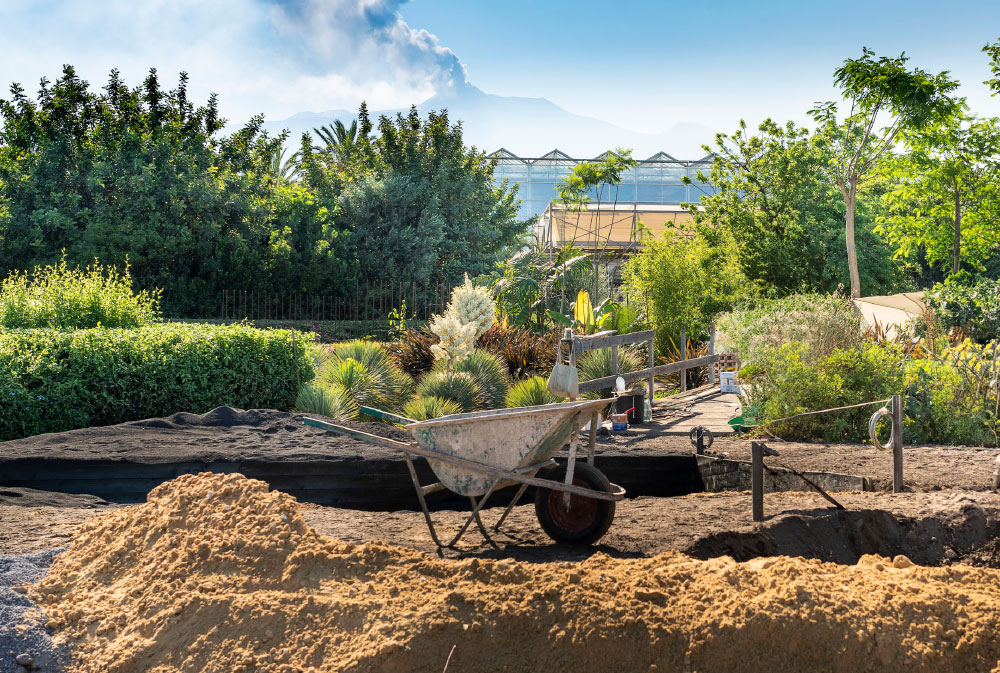
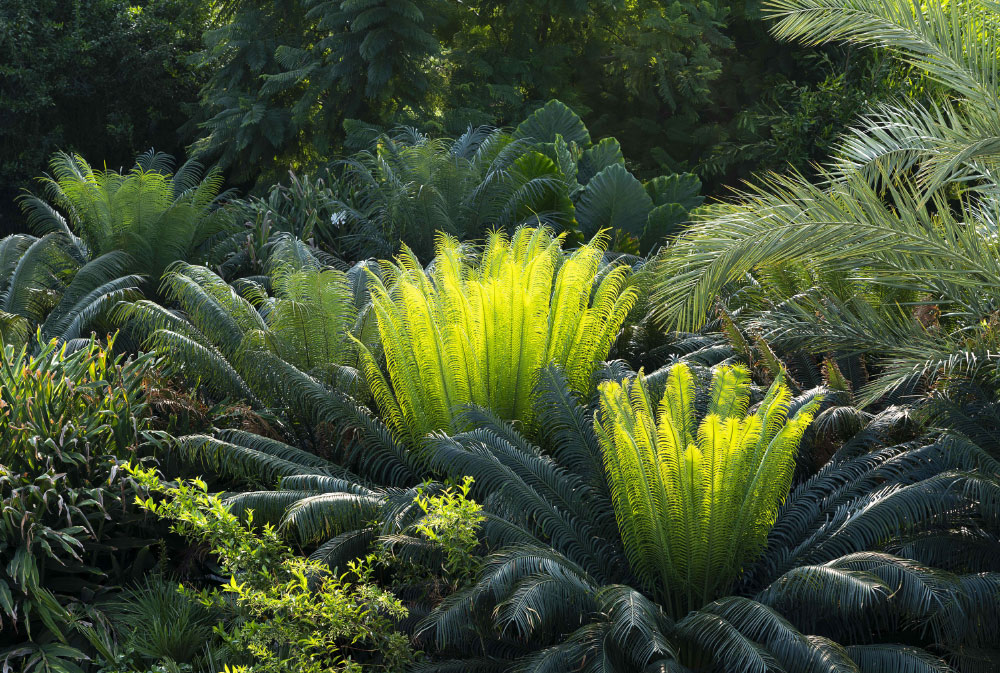
Aware of the existence of a biological network that draws energy from biodiversity, the contrast between the personal and collective dimension fades away—without the former, the very idea of nature would not exist. We are drawn to nature by a renewed sense of belonging that makes us recognize the landscape as a shared heritage.
We have changed, our idea of nature has changed, and garden design must explore new forms based on an evolved concept of wilderness culture. New gardens emerge, seemingly chaotic, as artistic expressions of dreams and as a natural choice to create the most beautiful garden—one where there is a perceptible balance between biological forces and the creative intuitions that shape the design. Those who frequent nature understand that chaos is a transient state that does not truly belong to us, while those experienced in gardening know that nature resists impositions—unless care and constant presence are there to define its functions.
CLAUDIO BUSSEI
FOLLOW FRIDAY
PARITA JANI - URVISH BHATT
NICHOLAS ROTH
CARLO FEDERICO E FRANCO ENRICO SERRA
VINCENT DUMAI - BAPTISTE WULLSCHLEGER
MONICA TORRISI - GIADA STRACI
KONI CHAN TSZWA - ROSE TAN
GUĐMUNDUR BJÖRNSSON
AR. ASMITA RAGHUVANSHY - PARTH PATANKAR

Sarah trained full time in Landscape Architecture graduating in 1980. She moved from Devon to Hampshire in 1990 and soon after became a Member of the SGD and became involved in the world of show gardens. Sarah spent some 8 years as Design Director at Hilliers before once again striking out to concentrate on her own private projects. She has exhibited in Singapore, Japan, South Korea, and New Zealand.
Sarah has been awarded 20 RHS Gold Medals including Best in Show at both Chelsea in 2007 and Hampton Court in 2003, Chelsea Best Artisan Garden 2016, Chelsea best Sanctuary Garden 2021.
She has also won the George Cooke Medal for Design Innovation twice during this period. She was awarded the BALI Grand Award in 2007 for a private garden and was awarded an Honouree Phd in Design by Greenwich University in 2008. In 2013 she was part of the team that won the SGD Community Space Award for Gibbon’s Rent on the South Bank.
In 2017 Sarah received the RHS Associate of Honour award for her contribution to horticulture, and the SGD Lifetime Achievement award in 2022.
Sarah’s work is of a Fusion style but majors on contemporary work with an innovative edge predominantly set in rural locations and with sustainability at its heart.
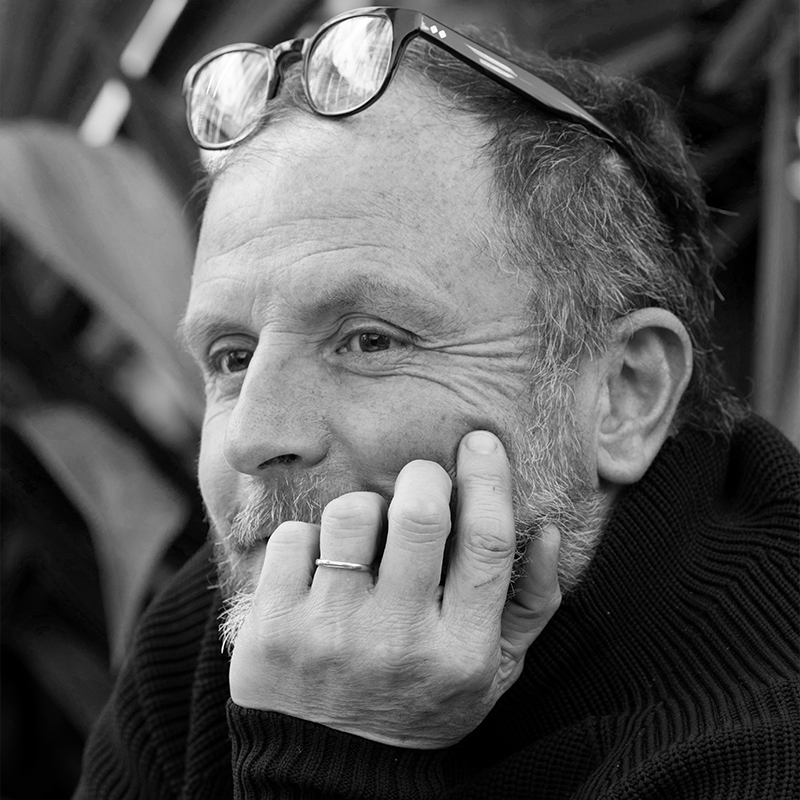
Antonio Perazzi studied at the Milan Polvtechnic and in London at the Kew Royal Botanical Gardens. In 1998 he founded the Antonio Perazzi Studio, for landscape/garden projects in Italy and around the world. In recent years, he has cooperated with several prestigious Milanese architecture studios, taking part in major urban competitions, which enable him to explore sustainability and regeneration in cities and industrial sites.
He is the author of several books including Il paradiso è un giardino selvatico (Paradise is a Wild Garden) published by Utet, on his Pluca Garden. He writes the Bustine di paesaggio (Landscape Notes) column in the monthly journal Gardenia and writes for national and international publications. (credits Matteo Carassale).
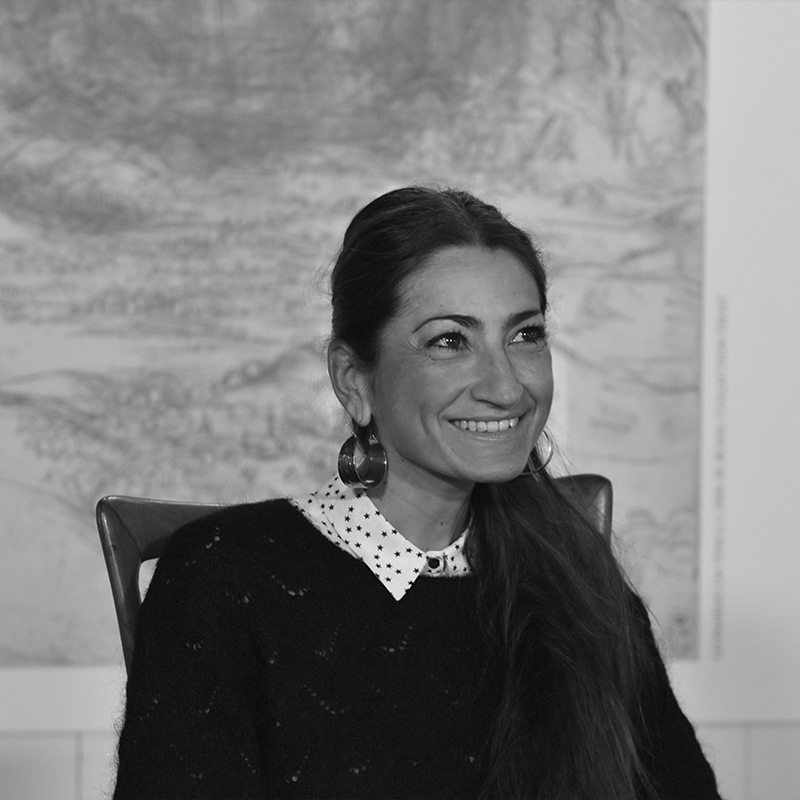
PhD in Archaeology, Daniela Bruno has been working on the topography of ancient Rome since 2006, collaborating closely with Andrea Carandini and his team at Sapienza University of Rome on excavation and research projects that have resulted in numerous scientific publications, from La Casa di Augusto (Laterza 2008) to Atlante di Roma Antica (Electa 2012, Princeton University Press 2017).
Since 2015, she has been working at FAI – Fondo per l’Ambiente Italiano, first as Head of Heritage Enhancement, then as Head of Cultural Affairs from 2018, and since 2021 as Deputy Director General for Cultural Affairs. In this role, she oversees all the Foundation’s cultural projects, contributing to the development and promotion of FAI’s unique heritage management strategy, which aims to combine knowledge, protection, and conservation with the goal of engaging a broad audience and ensuring the economic sustainability of a non-profit organization operating as a subsidiary of the State.
As of January 2025, she has been appointed Cultural Director of FAI. (credits FAI – Fondo per l’Ambiente Italiano).
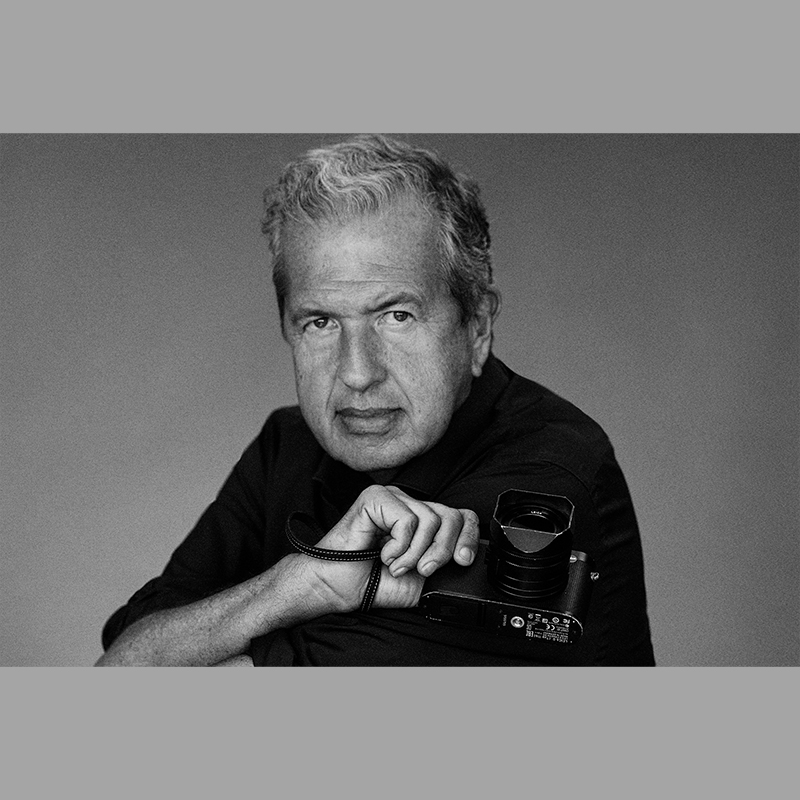
Mario Testino OBE is one of the most influential fashion and portrait photographers of our time. His photographic oeuvre has graced esteemed museums across the globe, including the National Portrait Gallery in London, the Museum of Fine Arts in Boston, and the Metropolitan Museum in Tokyo, among others. Over his illustrious 40-year career, Testino has distinguished himself as a photographer and made significant contributions as a creative director, guest editor, museum founder, art collector, collaborator, and entrepreneur. In the realms of fashion and beauty, Testino is a visionary force contributing to the success of many luxury brands, creating images for the likes of Gucci, Burberry, Versace and CHANEL, Estée Lauder and Dolce & Gabbana, and his photographs have graced the pages of countless renowned international publications such as Vogue and Vanity Fair. (credits Fernanda Negrini).
In his latest series, “A Beautiful World,” Testino offers a captivating exploration of diverse cultures and traditions, capturing emblematic imagery that delves into the rich tapestry of cultures and traditions from different communities worldwide.
Born in Lima in 1954 to a traditional Catholic family, remote from the worlds of fashion and Hollywood, Testino moved from Peru to London in 1976. It was during apprenticeships at the studios of John Vickers and Paul Nugent that he made his first attempts as a photographer, inspired by how photography masters documented the society of their times. During the early nineties, Testino looked to his experience growing up in Peru and his long teenage summers in Brazil for inspiration, which helped him to create a unique and personal photographic language: “I noticed an evolution in my work…when I tried to recreate my youth in pictures.”
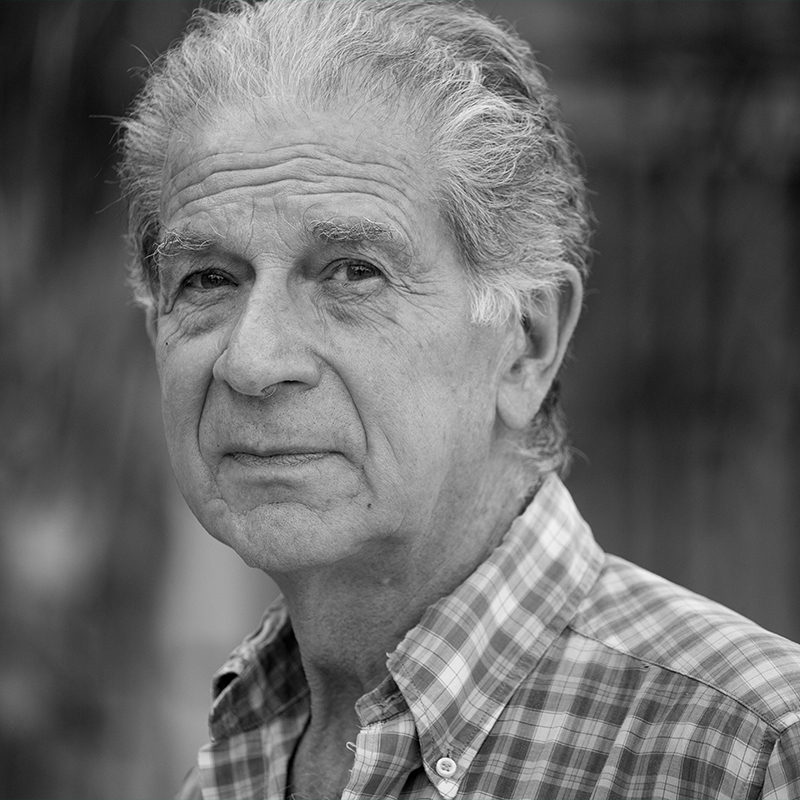
Massimo Valsecchi (Genoa, 1944) is a prominent figure in the contemporary art and collecting scene. After working as a broker at Lloyd’s of London (1967-1968) and earning a degree in Economics and Commerce from the University of Genoa, he opened the Milan branch of Galleria Bertesca in 1972, establishing a key space for contemporary art.
In 1974, he inaugurated a new exhibition space in Via Santa Marta, Milan, dedicated to showcasing contemporary artists. In 1981, he moved to London, where he focused on organizing exhibitions at European and American institutions, strengthening his role as an international cultural promoter. (credits Giovanni Caccamo).
In the 2000s, he curated major exhibitions for prestigious Italian institutions: in 2001, for the Triennale di Milano, he curated Christopher Dresser: A Designer at the Court of Queen Victoria, while in 2004, for the University of Milan, he organized Il Tesoro della Statale: Collections and Identity of a Great University at the Rotonda di Via Besana.
In 2015, he acquired Palazzo Butera in Palermo, launching an ambitious restoration project that concluded in 2021 with the opening of the palace as the museum of the Francesca and Massimo Valsecchi Collection. During the restoration works, in 2018, Palazzo Butera became one of the venues for Manifesta 12, the nomadic biennial of contemporary art, welcoming visitors with the “open-site” concept.
He is currently overseeing the restoration of Palazzo Piraino, which will become the headquarters of the Istituto di Studi e Ricerche of the Butera Foundation, reaffirming his commitment to cultural heritage enhancement.
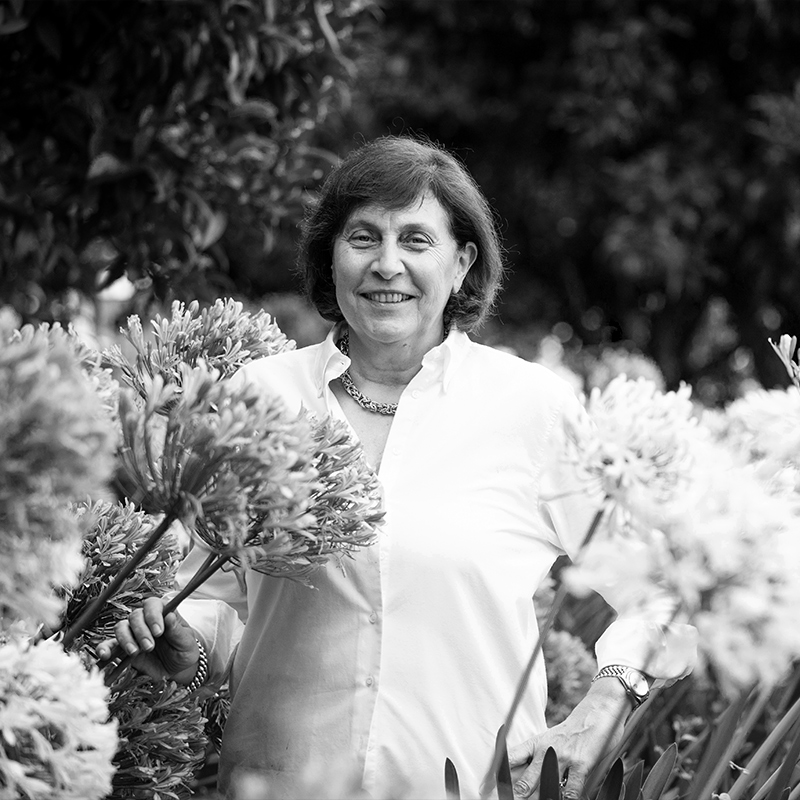
Silvia Arnaud Ricci holds a degree in Humanities with a specialization in Art History from the University of Genoa and has built a solid career in the field of Cultural Heritage, focusing on the conservation and protection of historical and artistic assets. Since 2006, together with her husband Antonio Ricci, she has acquired and restored Villa della Pergola in Alassio, transforming it into a renowned botanical destination of international acclaim. The Villa’s gardens house rare collections of agapanthus, wisteria, and other species, and in 2025 were awarded Partner Garden status by the Royal Horticultural Society.
Over the years, Silvia has received numerous accolades for her commitment to enhancing landscape heritage, including the Alassino d’Oro (2012), the Gran Premio Giardini (2013), and the Premio Orticola (2024). She has served as a jury member at prestigious events and as a speaker at international conferences. Alongside her husband, she also donated the Fondo Levi to the Alassio Library and launched L’Orto Rampante, a community project developed with the support of the Renzo Piano Building Workshop.
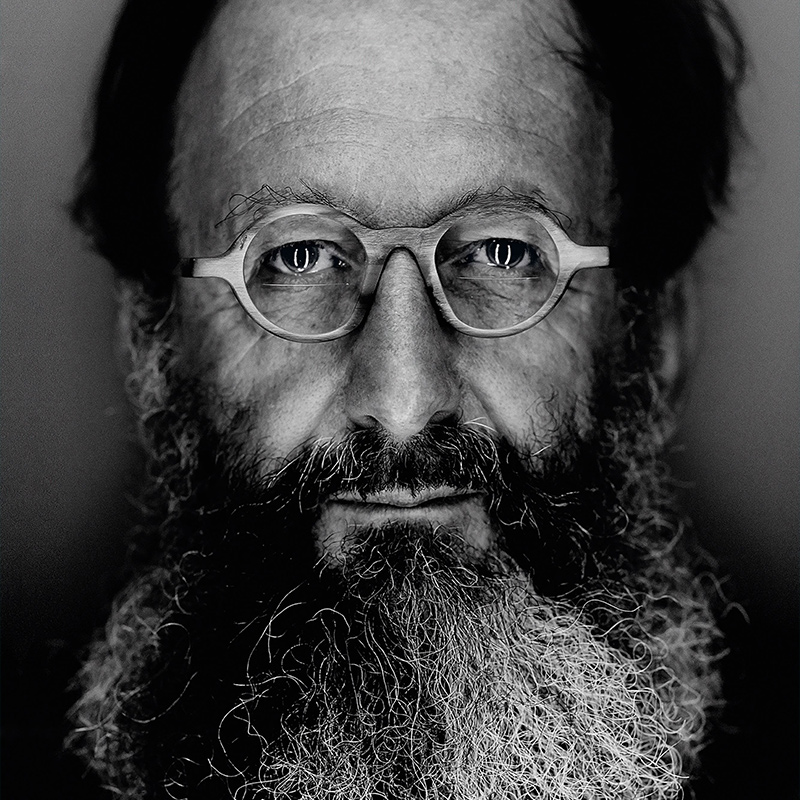
Architect, designer, and artist. A leading figure in the Alchimia and Memphis movements, he was Head of Design at Olivetti from 1988 to 2002. He is the creator of the best-selling lamp in the world, the Tolomeo by Artemide, which won the Compasso d’Oro in 1987. He has designed furniture for the most renowned Italian and European companies and completed architectural projects in Italy and worldwide, including cultural, corporate, industrial, and residential buildings.
In 2000, he was awarded the title of Officer of the Italian Republic by President Azeglio Ciampi. Appointed Full Professor at IUAV Venice in 2001, he received an honorary degree from Kingston University in 2006. (credits Giovanni Gastel).
In 2008, he became a professor at the Faculty of Design at the Politecnico di Milano and an academic at the Accademia Nazionale di San Luca in Rome. In 2018, he was Guest Editor of Domus magazine. In 2022, he received the Compasso d’Oro for Lifetime Achievement. In 2024, he was named Academic at the Accademia delle Arti del Disegno in Florence and Officer of the Order of Arts and Letters by the French Ministry of Culture. In 2025, he became Asahikawa Special Design Ambassador.
Since 2003, he has been drawing, painting, and sculpting wooden objects and models in his studios in Milan and Angera, in search of the essence of architectural form and as a source of inspiration for his professional projects. A selection of his works is exhibited in major museums across Europe, the United States, and Japan.
He is the founder and part of AMDL CIRCLE, internationally recognized for its humanistic and interdisciplinary approach to architecture, interior design, product design, and graphics. The studio is committed to a continuous exploration of responsibility in design, with a vision to respond to — and whenever possible — inspire change.
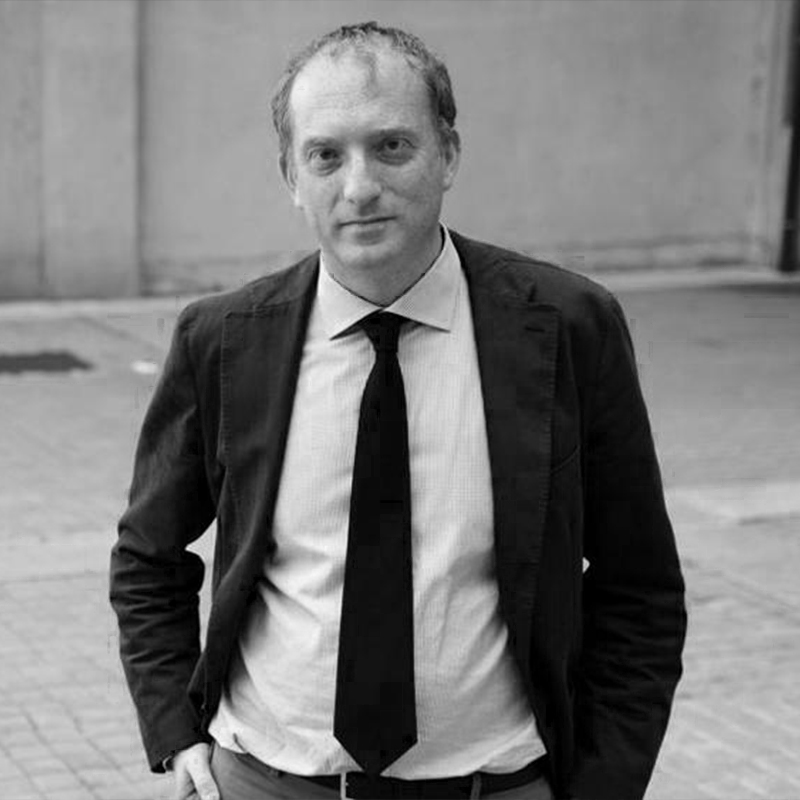
Antonio Sellerio was born in Palermo on April 12, 1972. He is the son of photographer Enzo Sellerio and Elvira Giorgianni, who founded the Sellerio publishing house in 1969. After earning a degree in Economics from Bocconi University in Milan in 1997, with a thesis on the family business, Antonio began working in the publishing house.
Following the passing of his parents, he took over the editorial direction of Sellerio, alongside his sister Olivia. Under his leadership, the publishing house has continued to publish works by renowned authors, including Andrea Camilleri, famous for the Commissario Montalbano series.
In 2024, Antonio Sellerio was awarded the Pavese Prize for Publishing, recognizing his contributions to the Italian literary landscape.

